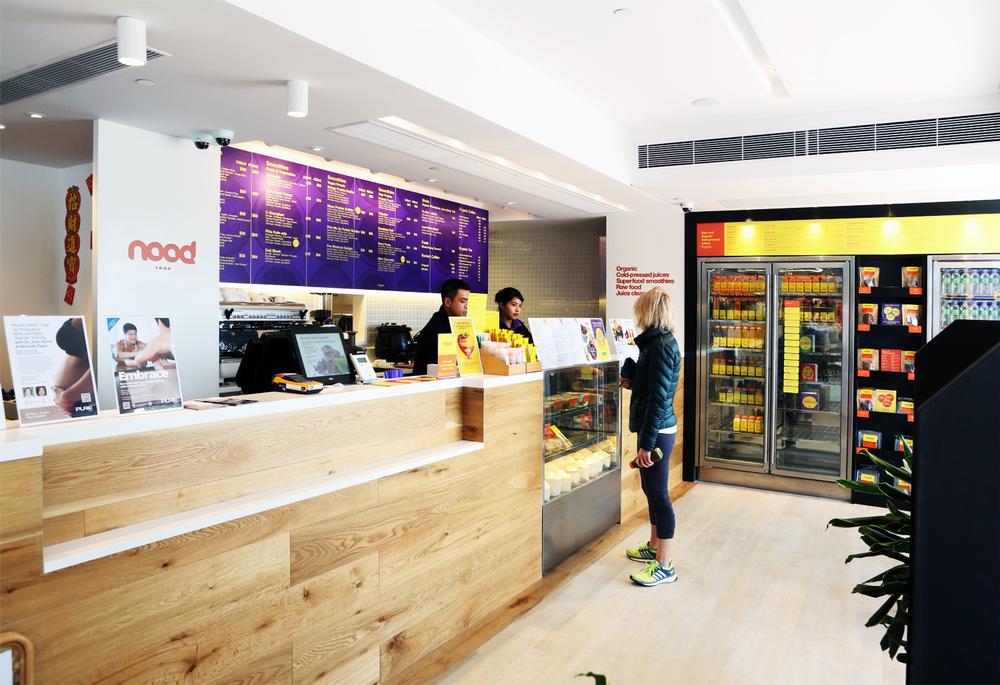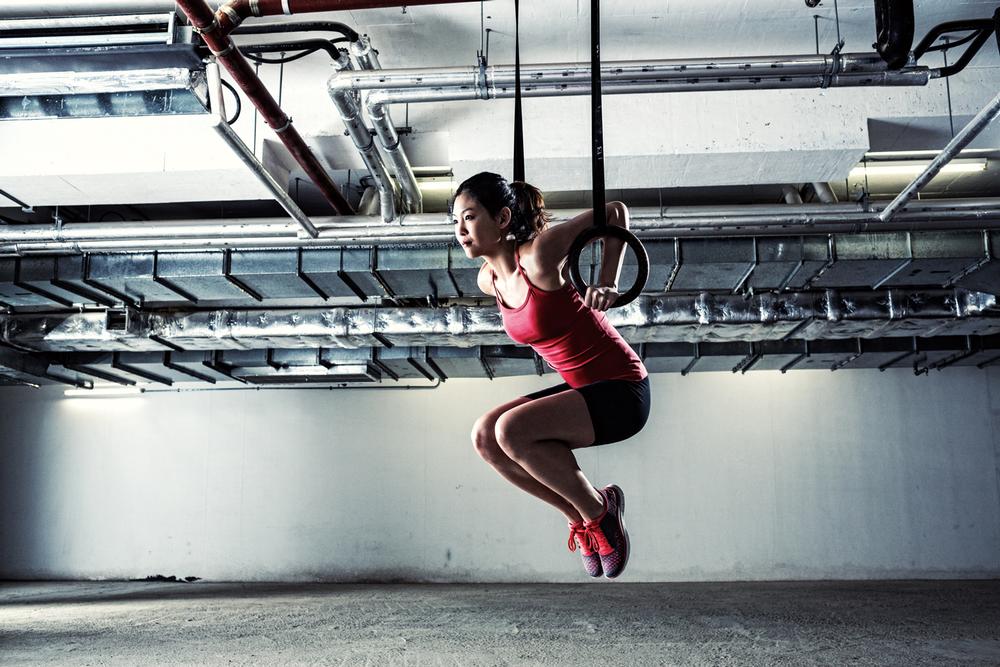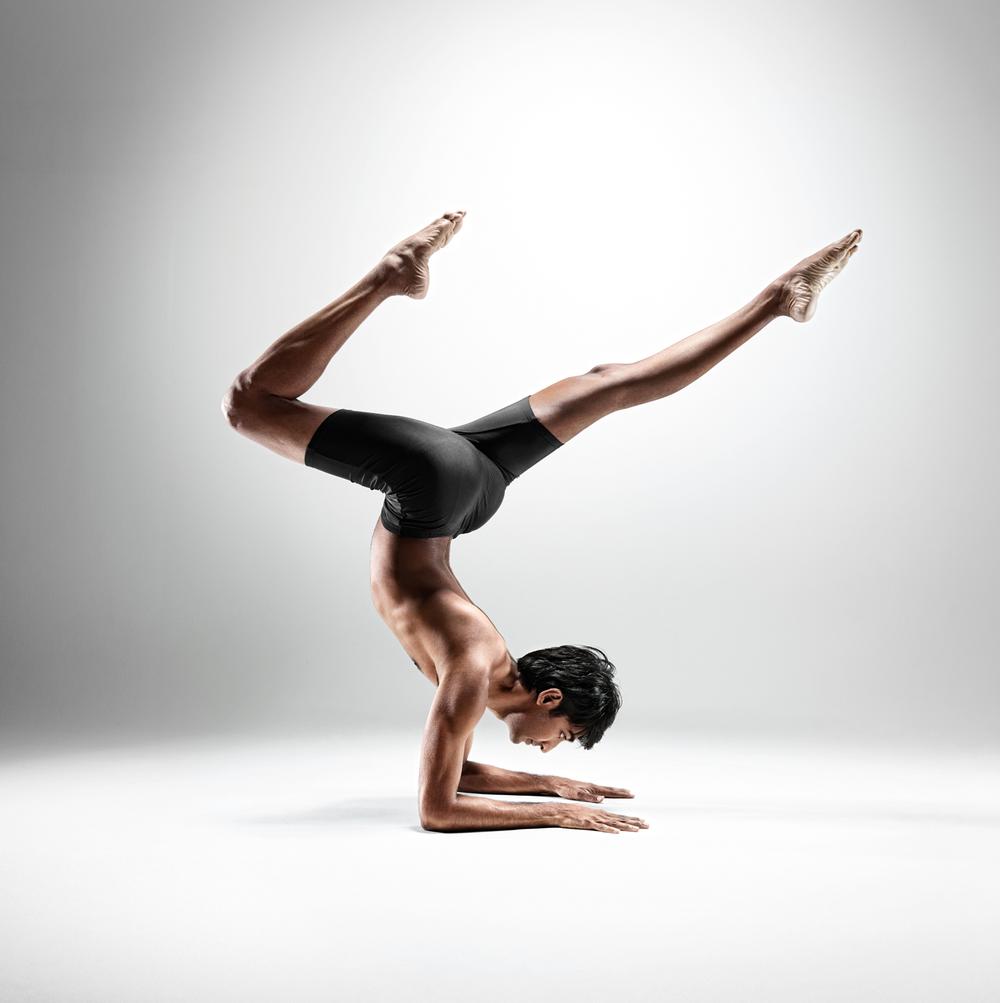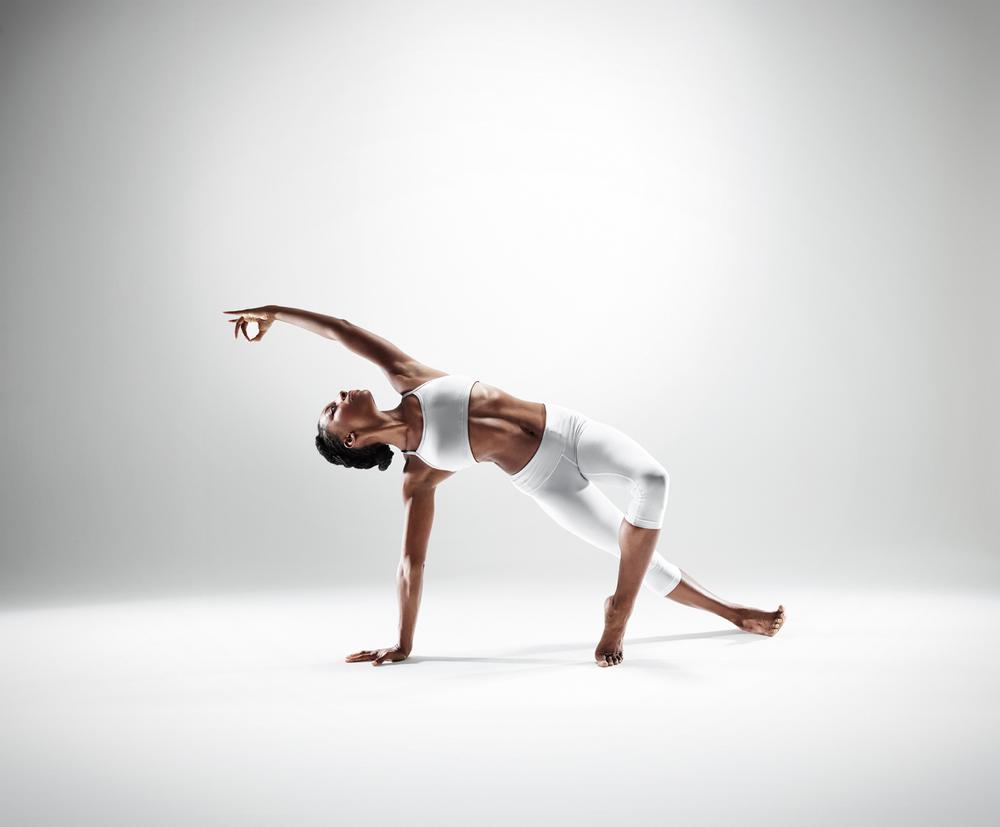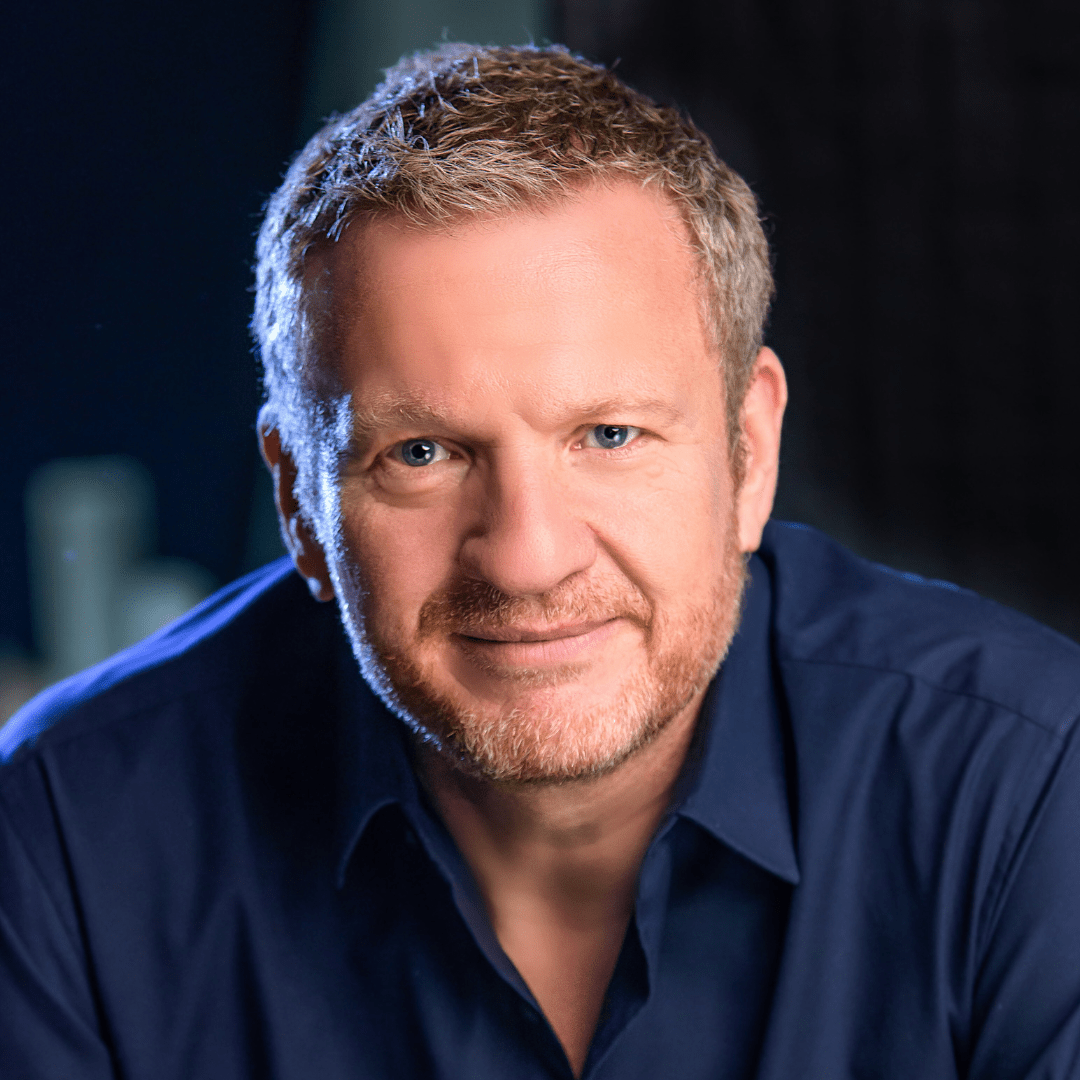“There’s nothing wrong with a mistake, as long as you don’t make it twice. You have to just try things,” says Colin Grant, CEO of Pure Group – the market leader in Asia, which encompasses fitness and yoga, dining, nutrition and apparel in its lifestyle portfolio. “What’s the worst that can happen?”
For those of a more conservative nature that’s easier to say than it is to do, but this approach has stood Grant in good stead throughout his life – not that there seem to have been too many mistakes along the way.
A serial entrepreneur from the age of 12, when he became the sole agent in Hong Kong for a West German tennis brand, importing 300 rackets – a venture he admits “ended in tears” – a number of successful start-ups ensued. Aged 15, Grant set up his own tennis racket stringing business, catering for both the local club and professional tournaments, and in 1985, at the age of 18, he founded movie rental chain Movieland in Hong Kong – a business his brother still runs – followed by Mr Bean Coffee in 1991.
And that’s not to mention his semi-professional tennis career, ranked number one in Hong Kong for over a decade and competing in international competitions including Wimbledon and the Davis Cup.
For many people that would have been enough but Grant, it seems, isn’t one to sit on his laurels. “My video rental business was going well. I owned it 100 per cent and I was making good money. I had 22 staff and I had a great life,” he says. “But it really wasn’t challenging me, and it took up literally a couple of hours a week, so I was starting to look for something else.”
Blazing a trail
The next step – into yoga – happened quite by chance. “It was July 2001 and I was on a golfing holiday in Whistler, but one day we couldn’t play golf because it was raining. Someone suggested we do a yoga class, which to me was a crazy idea – I went to the gym and I played tennis, but I’d never done yoga in my life. But we did a 90-minute class and to this day I can remember how it felt coming out of that class. It was a totally different feeling from coming out of the gym, and it felt amazing. So the next day I actually cancelled golf, even though it wasn’t raining, and did another yoga class and really enjoyed it.
“I went back to Whistler the next month and just did a week of yoga, and again I really liked it. But when I got back to Hong Kong there was nothing like what I’d experienced in Canada, so I decided to look into opening a yoga studio.
“I teamed up with a business partner, Bruce Rockowitz, who I’d known for 30 years – we actually did that first class in Whistler together and he’d loved it too. He agreed to fund the venture if I’d build it, and we became equal partners.
“At that point there were only four other yoga studios in Hong Kong, run by yogis and with a combined floor space of about 2,000sq ft, each offering maybe three classes a day.
“We did it differently. I wasn’t a yogi, but what I had to my advantage were funds, resources and an entrepreneurial business background. Although hardly anyone in Hong Kong practised yoga at that time – people used to ask me why I was setting up a yoga studio – we were able to invest in what we believed people would want. In my mind, the worst that could happen was that it wouldn’t work – I’d have survived.
“We put in US$1m and bought 6,500sq ft of space, which we opened under the Pure Yoga brand on 21 January 2002. We had two big studios that could each take 35 or 40 people, a nice lounge area, a retail area selling clothes, changing rooms and lockers and showers – none of the other studios in Hong Kong had showers – and we provided mats and towels. We also had quite a comprehensive schedule of classes: when we first opened, we offered a full timetable with three types of yoga and great teachers.
“It really opened up the experience to the mass market – we’d get lawyers, bankers, housewives, bar tenders and students. Everybody could come because all they needed to do was turn up in shorts and a T-shirt.
“At the time we didn’t know nobody else had done what we’d done, or that ours was the largest yoga studio in the world. Now you walk into our studios and it’s almost the norm – we opened one a year and a half ago that’s 15,000sq ft and that does about 700 check-ins across 30 classes a day, while our largest site is 35,000sq ft and has up to 12,000 students a day – but back then it was very, very different.”
Brand extension
So how has the Pure Yoga offering evolved over the years? “We’re constantly trying to innovate and move forward. We’ve introduced new forms of yoga – aerial yoga, wall rope yoga, yogalates – and bring in guest teachers. We run workshops and retreats, teacher training and yoga conferences to keep it interesting and challenge our members to grow in their practice.
“We’re also about to launch a new online media channel – mypureyoga.com – as an extension of the Pure Yoga business. Anyone in the world will be able to log on free of charge, accessing a wide range of yoga classes from 15 to 90 minutes, covering different yoga disciplines and catering for beginners through to advanced. The site will launch in a number of different languages and it will be our online portal for people to get the Pure Yoga experience anywhere in the world.”
But the Pure Group isn’t just about yoga, having diversified fairly early on in its lifetime. “Yoga was becoming very popular with a certain segment of the market, but we wanted to complement that with a fitness offering. We opened our first gym – Pure Fitness – in Hong Kong in December 2003.
“In addition to fitness and yoga we also have our own clothing line, Pure Apparel, and Pure Dining. Pure Dining encompasses nood food – cold pressed juices and smoothies, salads and sandwiches, which we offer in as many of our locations as possible – and RED Bar + Restaurant, which is a full restaurant offering.
“At the moment, Pure Apparel is a ladies line, but we’ll be launching a men’s line in summer 2016, and fitness wear. We’ll go from about 150 SKUs this summer to close to 300 SKUs by spring/summer 2016. We’re in the process of launching our e-commerce site with global deliveries, and next year we’d like to launch standalone retail stores.”
He continues: “When we started the clothing line and nood food two years ago, I thought it was a good move commercially, but I hadn’t appreciated quite the impact it would have. They’re very complementary and it’s really brought everything together. Pure has essentially evolved into a lifestyle brand. If you want to work out and live a healthy life, you don’t need to go far. We make it very convenient for people.
“What we’re looking at doing over the next 12–18 months is building a very strong loyalty programme, so that every dollar you spend in any part of the business gives you points to redeem against juices or clothes or PT or workshops, as well as at other businesses outside of Pure.”
Steady and strong
So are there any other brand extensions Grant would like to explore? “I don’t think so. I’d be surprised if we have more businesses in five years’ time – I think we have enough with the four we have: yoga, fitness, apparel and food. They’re all equally important – it’s like having four children… you love them all – and together they provide a great basis for growth. If we wanted to go into a new market, for example, we could create a springboard by introducing the clothing line and the yoga channel before we even built a studio.
“But that said, I’m not planning to go into any new markets. We now operate in Hong Kong, Singapore, Taipei and Shanghai – with over 50,000 members and 1,300 employees – in addition to which there are two Pure Yoga studios in New York City, which we allow Equinox to operate independently. Thirteen of our 20 Asian locations are in Hong Kong, and I want to focus on getting Singapore, Taipei and Shanghai to mirror Hong Kong.
“We have four sites in Singapore now and I think we can take that to 12 or 13, and Taipei can also grow to about a dozen sites. In Shanghai it’s early days so we’ll see, but we’ll probably open another yoga studio later this year.
“In Hong Kong I think we can get to 30 clubs. We opened an incredible Pure Fitness last month – 30,000sq ft over six floors, with nood food and the world’s first 270-degree immersive studio – with two more gyms to come in September and October, plus a Pure Yoga in June.
“But I really don’t want to be the biggest. I just want to grow slowly and steadily and I want other people to say we offer a great experience – because that’s for them to say, not us.”
Trends and opportunities
But even if he doesn’t want to be the biggest, it’s clear that Grant sees plenty of opportunity for Pure, and the fitness sector as a whole, to grow. “At a population level, in Hong Kong – and Singapore is also following suit – there’s a larger group of the community that’s looking to get and stay healthy. That’s great news for us, with more people interested in our offering. We’re at a lower penetration rate than the US and Europe, so the market is going to grow.
“Nutrition will be a big part of that, because all the processed foods and food scares and the chemicals and hormones that are in everything out there… I think they’re going to contribute to increasing cancer rates and all sorts. As people in the health industry, if we genuinely want people to live healthier, happier lives, we have to help feed them.
“Then there’s technology: wearables, RFID, NFC, plus things we’re already trying out like immersive fitness and our online media channel. If it’s what the customers wants, we have to look at how we can make it part of the Pure experience. It’s not a risk. I’d always see it as a positive – an opportunity to improve and enhance the experience. If it doesn’t work, that’s OK, but I don’t believe in playing it safe.
“For me it’s all blue sky. I’m excited. People in our industry need to look at these as opportunities to offer something better to attract new customers. If we do that, we’re going to be very successful.”








